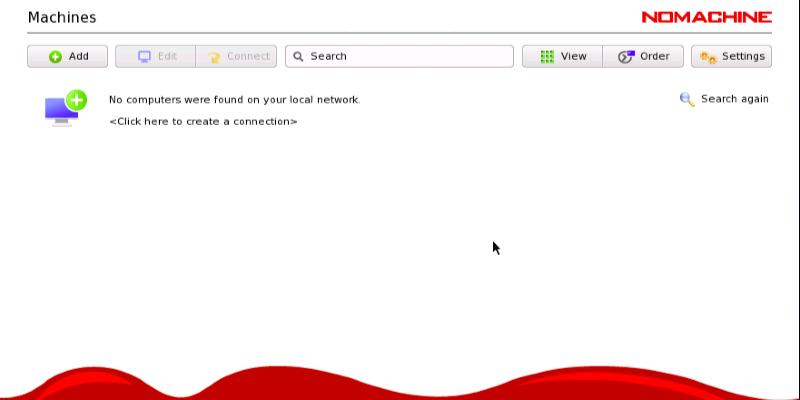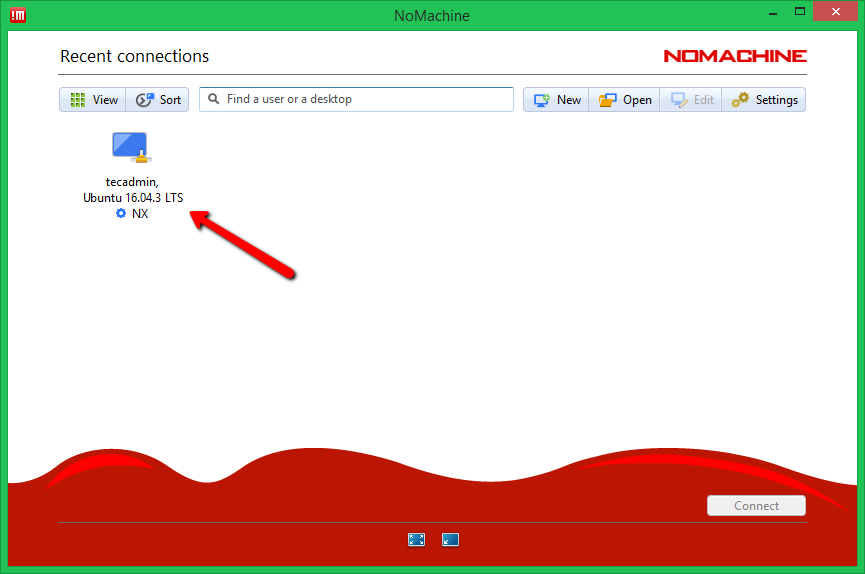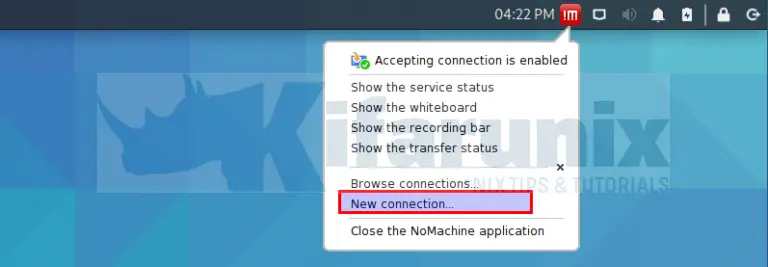

- #Install nomachine linux install#
- #Install nomachine linux update#
- #Install nomachine linux password#
- #Install nomachine linux download#
In this last cases, when somebody is connected to the server, there are some additional items in the Menu.įor guidance on installation and configuration of the software, please consult the Installation & Configuration Guides available on the website: 2. It illustrates the functionality available via the Connection Monitor Menu when only the NoMachine Enterprise Client package is installed or when a server package is installed. This guide is an introduction to the Connection Monitor present in NoMachine client and server version 7. Configure the Connection Monitor of the Server The Connection Monitor of the Server (someone is connected)Ħ. The Connection Monitor of the Server (nobody is connected)ĥ. The Connection Monitor of the Enterprise ClientĤ. Welcome to the Connection Monitor Guideģ. Then you can enjoy with the NoMachine client….1.Press whatever option you prefer and click on “continue”.Enter username and password, then login.Add a connection name and click on “done”.Under Proxy tab, select “Don’t use a proxy” (Assuming if you are not behind a proxy connection).let the “Use an alternate server” option free and continue.Select “Use the Nomachine login” and continue.Here add the current DNS name or the IP address to access the remote machine.Create a new connection with SSH using the dropdown list as shown in the image.After completing the installation, launch the nomachin client.
#Install nomachine linux install#
#Install nomachine linux download#
Please follow this link to access the download site,
#Install nomachine linux password#
NX> 110 Password for user: jmeter added to the NX password DB. NX> 900 Setting password for user: jmeter.


Sample output should be shown in the following
#Install nomachine linux update#
NX> 701 Update log is: /usr/NX/var/log/update. # /usr/NX/bin/nxserver –install –setup-nomachine-key Go to /etc/ssh/sshd_config and set password authentication to yes.Open the file and modify the following line.Take the backup of existing server configuration file.



 0 kommentar(er)
0 kommentar(er)
